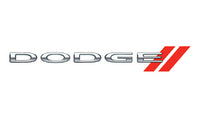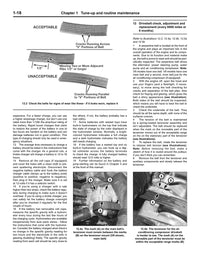The simple definition of a lead-acid battery is a storage device for electrical energy. This energy can then be used to power electrical circuits within a car.
There are two main things to consider when looking at car batteries; voltage, and current. The voltage should typically be around 12.6 volts when the battery is fully charged, and refers to how much energy is stored in the battery.
Think of voltage as the battery’s potential to flow electricity. Whereas the current, measured in amps, is the rate at which the electricity flows.
Batteries used in cars are lead-acid batteries. They produce voltage by having plates of metal (made of lead-based alloys) immersed in an electrolyte solution (a mix of 65% water and 35% sulphuric acid) in six cells.
A chemical reaction between the plates produces a voltage of approximately 2.1volts per cell, so a total of 12.6 volts.
At 12.4 volts it’s considered only 50% charged, and at this point the battery wouldn’t be able to power systems that require a loyt of current, such as the starter motor of the headlights. At 12.0 volts the battery is only 25% vharged, and at 10.5% the unit is considered fully discharged.
It’s important to consider the Cold Cranking Amps (CCA) rating when buying a battery for a car.
The CCA is a measure of how many amps a battery can produce for a 30second period at 0 degrees Fahrenheit, before the voltage drops to an unusable level.
Typical car batteries are either 350, 450 and 600 CCA. The bigger the figure, the better a battery will start a car, especially in cold weather. But higher CCA batteries tend to be more expensive.
The battery’s Ah (ampere-hours) rating is the measure of how much electrical current it can deliver. Typical ratings for car batteries are between 75 and 120 Ah. As an example, a 100 Ah battery can supply 5 amps for 20 hours, 10 amps for 10 hours, or 20 amps for 5 hours, and so on.
Most modern car batteries are sealed units (apart from a very tiny breather system), which reduces the amount of electrolyte lost when the charging/discharging cycle is taking place.
These type of batteries last far longer than those produced even 10-20 years ago, but no unit is life-long however.
Over time, the constant cycle of charging/discharging will mean the lead plates will deteriorate to a point where a useful current is no longer produced.
At this point the unit will need to be replaced. A good-quality modern battery should last at least five years of daily use in a well-kept car’s electrical system.



























